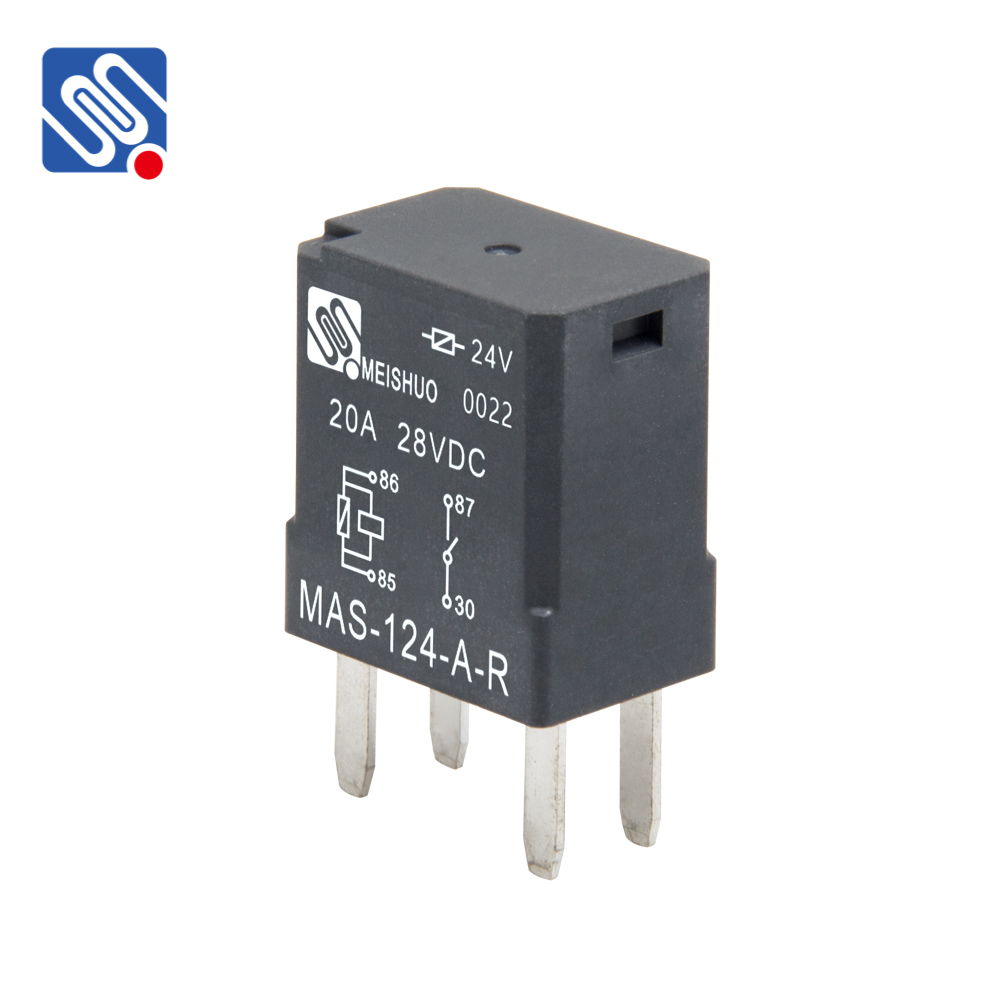A 24V 30A relay is a crucial component in electrical systems that require high-power control, commonly used in industries such as automotive, industrial automation, and electrical systems. This type of relay allows a low-voltage control circuit to switch higher-voltage or higher-current devices, offering efficient and reliable switching capabilities. In this article, we will delve into the main features, working principles, and applications of the 24V 30A relay, providing a comprehensive understanding of its significance in various fields.

What is a 24V 30A Relay? A relay is an electrically operated switch used to control circuits by opening or closing contacts in response to an electrical signal. The 24V 30A relay operates at a 24V DC (direct current) input voltage, making it ideal for use in applications with a 24V power supply, such as automotive or industrial systems. The “30A” refers to the maximum current the relay can handle through its contacts without causing damage. In this case, the relay is capable of handling up to 30 amperes of current, which is useful for controlling high-power devices or heavy machinery.
Key Features of the 24V 30A Relay